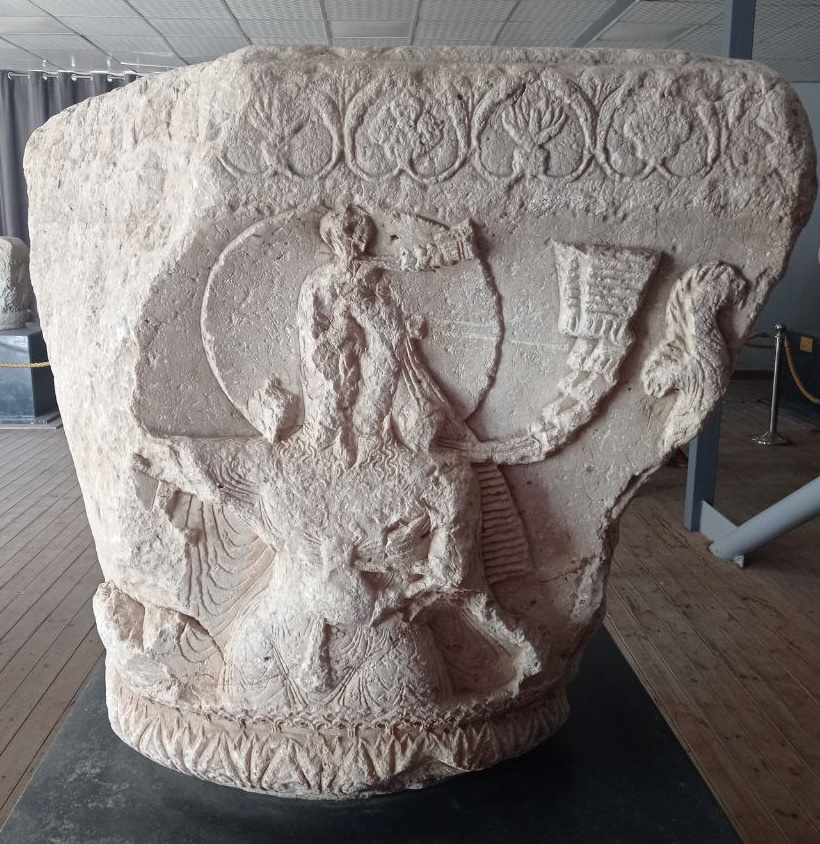Thread: These 3 strange terracotta tablets, resembling decorated loafs of bread, are examples of over 300 similar tablets made by the early bronze age people of Central Europe between 2100-1400 BC... 

They appear for the first time in Northern Italy, and are also found in Switzerland, Germany, Austria, Poland, Slovakia, Czech Republic, Slovenia, Croatia, Hungary and Romania... docplayer.org/docview/70/626… 

Their meaning and their function are still unknown, which is why the scholars refer to them as "enigmatic tablets"...de-m-wikipedia-org.translate.goog/wiki/Brotlaibi… 

They were found almost exclusively in people's homes, sometimes several together, which is why they are believed to have had profane purpose... 



Tablets contain the same symbols: points, cups, cupels or circles, squares, rectangles, triangles, grooves, cruciform motifs, rhombuses, spirals, dashes...
A recent survey of the tablets has the same sequences of symbols, even on tablets found in distant sites...
A recent survey of the tablets has the same sequences of symbols, even on tablets found in distant sites...

This points to the distinct possibility that these tablets were used for storing and exchanging information between distant and different communities, connected through trade...
One possible explanation for the use of the tablets is that these were bills or checks, like tally sticks...en.wikipedia.org/wiki/Tally_sti… 

When used a bills, a matching pair of incised sticks was created, usually by splitting one incised stick into two halves, one half going to the creditor, the other half to the debtor...
The sticks recorded what was payed, and what could be collected if you possessed the correct matching tally stick...
In case of "enigmatic tablets", the "identical" patterns would be made on two such tablets, recording the deal. The tablet could then be exchanged for promised goods anywhere along the trade network...Once...after which the tablets were broken...
Interestingly, the "enigmatic tablets" disappear at around the same time that the first Linear B inscriptions appear in Mycenaean Greece (1400 BC)...
This website contains the list of all the so far discovered "enigmatic tablets": museocavriana.it/tavolette-enig…
This website contains the list of all the so far discovered "enigmatic tablets": museocavriana.it/tavolette-enig…
• • •
Missing some Tweet in this thread? You can try to
force a refresh























